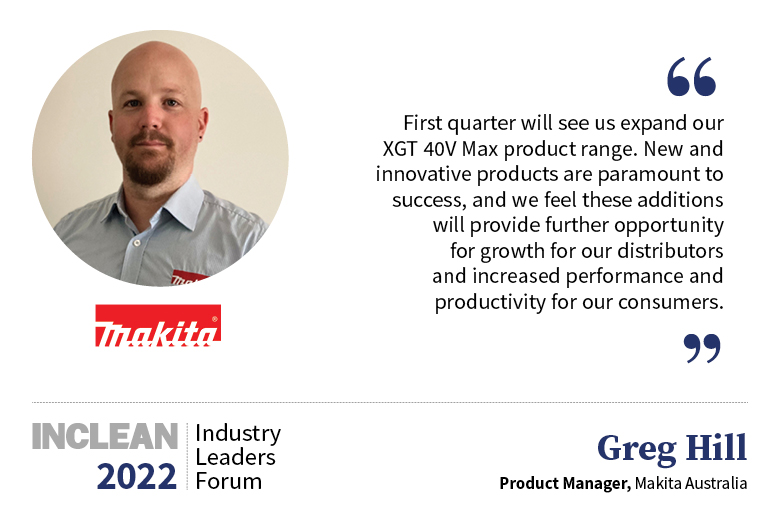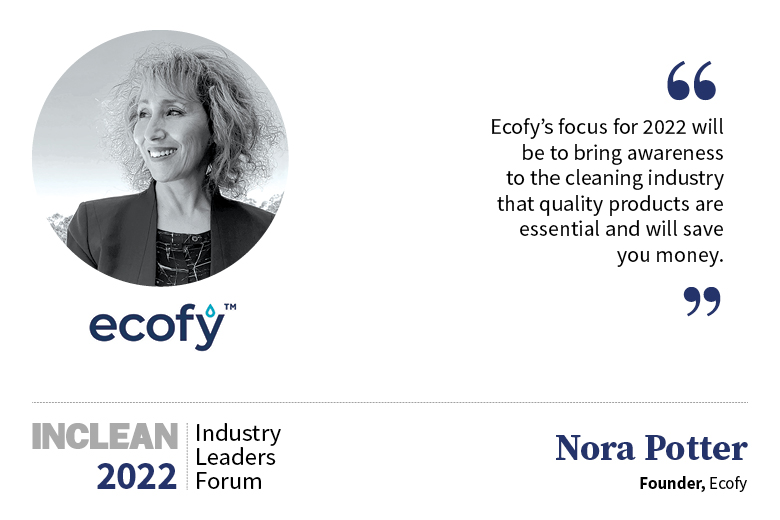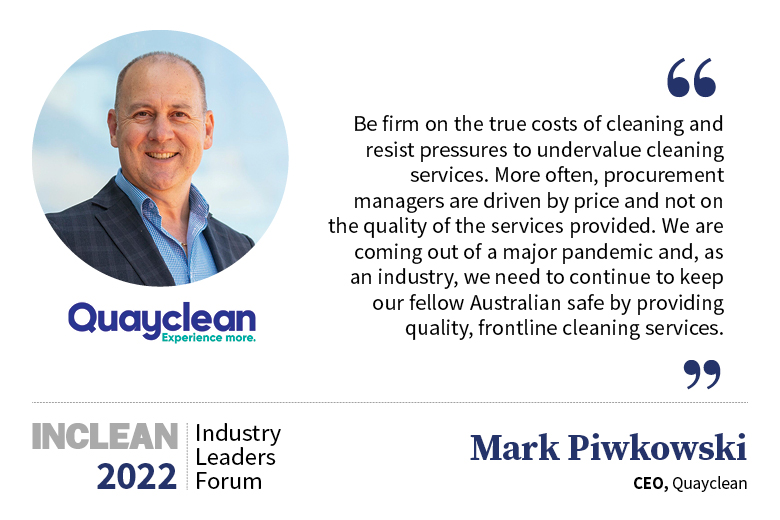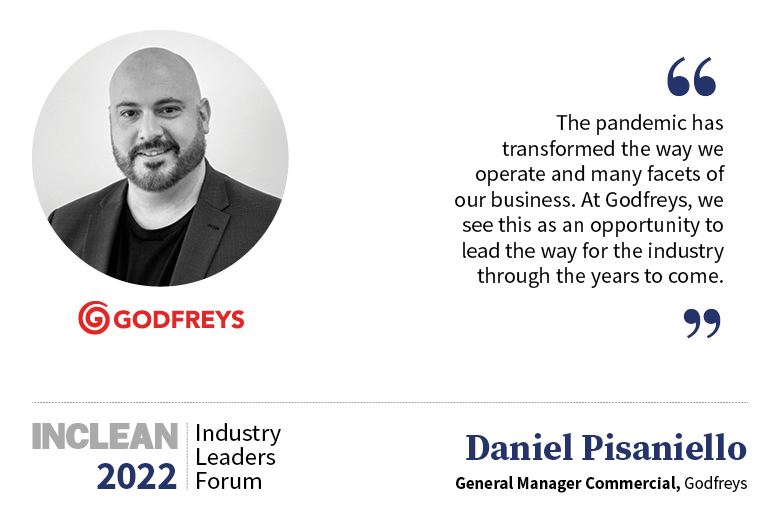
How was 2022 for TEAM Software? What were the highlights? What were the challenges?
2022 was a standout year for TEAM Software in the ANZ region. First and foremost, we joined the WorkWave family via acquisition, strengthening our backing and ability to deliver on our vision of being the world’s leading software provider for cleaning, security and facilities management service providers.
We’re looking forward to further integrating the businesses in 2023 and are working on the requirements to launch the first WorkWave product in the market to drive value for small business service providers.
The region continued to experience rapid growth, with many new customers joining the TEAM Software family and existing customers demonstrating their satisfaction with our products and services through adopting our other solutions.
Alongside this growth, we’ve continued to build out our local team to ensure that we meet the growing demands of the market and, more importantly, our customers.
One of the most exciting developments of 2022 has been the continued integration of our solutions – Templa, Timegate and Lighthouse. We now offer a fully integrated technology platform that helps consolidate solutions, drive efficiencies and act as a single source of truth for our customers — a distinct advantage when compared to the largely siloed solutions that are on offer in this market.
Finally, it’s been incredibly refreshing to emerge from COVID-related restrictions and get back to spending more face time with our team and customers. We got great at working remotely over the past two years, but nothing beats getting together with team members and customers in person to build better relationships.
What are your main priorities for 2023?
One of our biggest priorities for 2023 is the launch of Timegate, our flagship workforce management solution. Timegate is used by 20 of the top 25 facilities management companies in the UK, and we are excited to be able to bring the market leader in workforce management to the ANZ market.
Early testing with priority customers has been well received and we’re close to wrapping up work on a new mobile app and localised features that will allow us to offer Timegate more broadly.
We are also committed to further deepening our integrations between our products so that data flow is seamless and our customers can continue consolidating multiple un-integrated solutions with a best-of-breed platform built for cleaning companies.
We’re close to finalising our 2023 product roadmaps, which is influenced heavily by direct customer feedback. We’ve invested a lot in infrastructure and IT security in 2022 and next year will see us accelerate the release of new features that ensure we maintain our position as the leading provider of software for cleaning companies.
What do you expect to be the big trends in 2023?
I don’t expect many new technology trends to emerge in 2023, but rather a continuation of existing technology trends impacting the cleaning industry. Some of these include:
Client transparency
More than ever, cleaning companies are offering a transparent service delivery model underpinned by technology. Technology is unlocking more granular data on service delivery which is then shared with clients. Market demand for a transparent service delivery model is high and we expect this trend to continue in 2023.
Data and analytics
The best cleaning companies are using technology to drive strategic and operational insights into performance. Generally, cleaning companies are good at collecting data but often have trouble centralising the information in a meaningful, actionable way.
In 2023, we expect more companies to invest in data and business intelligence (BI) solutions to make sense of their financial, HR, operational and compliance data.
IoT & demand-based service
IoT has been a buzzword for a long time now. Only now are we finally seeing sensor-based solutions for the cleaning industry come of age. Companies such as Tork are offering sensor-based soap dispensers, toilet paper dispensers, people counters and more that unlock the potential to shift from a schedule-based delivery model to a demand-based delivery model.
At a high level, it works like this: When the soap dispenser is almost empty, a task is automatically triggered on a cleaner’s phone. Or, if a high number of people utilise a bathroom in a short amount of time, a cleaner inspection and service is automatically triggered.
How is technology and the use of data transforming the cleaning industry?
When used effectively, technology and data drive a much deeper understanding of business performance and profitability at a granular level.
The right technology and data can help managers understand profitability at a business level, contract level and even site level. It can help managers understand compliance with the agreed scope. For example, is the cleaning company delivering what was agreed upon based on the contract at every site?
It can help identify areas of risk for a cleaning company, such as compliance with agreed rotation times or do our employees have the right skills and qualifications to work at a site.
Additionally, automating reporting through technology can eliminate the need to extract data from each system and manually analyse it to drive insights, saving valuable time and investment.
Suppose the correct data is collected and analysed. In that case, cleaning companies can drive a strategic advantage by understanding the performance across all essential functions — finance, human resources, operations and risk and compliance. With this knowledge, managers can use data to optimise delivery and deliver incremental improvements.
Of course, a prerequisite to this advantage is to have a fully integrated technology platform that enables data flow between systems and acts as a single source of truth.
What’s the biggest challenge facing leaders in the cleaning industry today?
This is a question that we regularly ask our customers. By far, the most resounding answer is an industry-wide labour shortage.
In an already tight market, the impact of COVID has only restricted the supply of candidates to fulfil open cleaning roles, creating major challenges for cleaning companies.
Until the market forces correct, it’s a battle for a limited supply of candidates to meet the demand for cleaning services.
Cleaning companies would do well to invest in HR (both people and technology), focus on the employee value proposition and ensure competitive remuneration policies.
How is the cleaning industry evolving?
When I started working in the cleaning industry almost ten years ago, cleaning companies often overlooked the benefits of technology. It was less common to find companies making significant technology investments to help scale their business, automate functions and drive efficiencies.
Indeed, the idea that a cleaner would use a mobile app to guide and record their cleaning activity was entirely new to the market. Yet, it was already commonplace when you looked at other field service industries, such as telecommunications and trades.
Today, cleaning companies have realised the strategic benefits that technology can deliver, and there is a growing appetite to invest and innovate. The cleaning industry is finally catching up with other more mature service-based sectors.
With that in mind, cleaning companies must invest in technology and a team of skilled professionals to help build and execute strategy. Those with a clear plan and who make the right investments in technology will be the winners in the future.
Outside of technology, it’s heartening to see the growing industry focus on areas such as eliminating wage theft, supporting indigenous Australians and shifting to a more environmentally conscious delivery model.
Despite the many challenges facing the industry, I believe that the industry is positively evolving at a rapid pace and the future of cleaning is bright!
Is there a message that you would like to share with the industry?
My message to other leaders in the industry is simple. Invest in technology and people to support it. Make sure the solutions you choose are fit for purpose and integrated.
Make sure you capture data that can drive meaningful insights into the performance of your business.
Remember that the right investments into technology will help you scale your business, consolidate solutions and save costs, drive efficiency through automation and generate data and reports that inform decision-making.
Find out more about TEAM Software here.
This interview first appeared in the January/February issue of INCLEAN magazine.
Read the original article here.
Comment below to have your say on this story.
If you have a news story or tip-off, get in touch at info@incleanmag.com.au
Sign up to INCLEAN’s newsletter.





